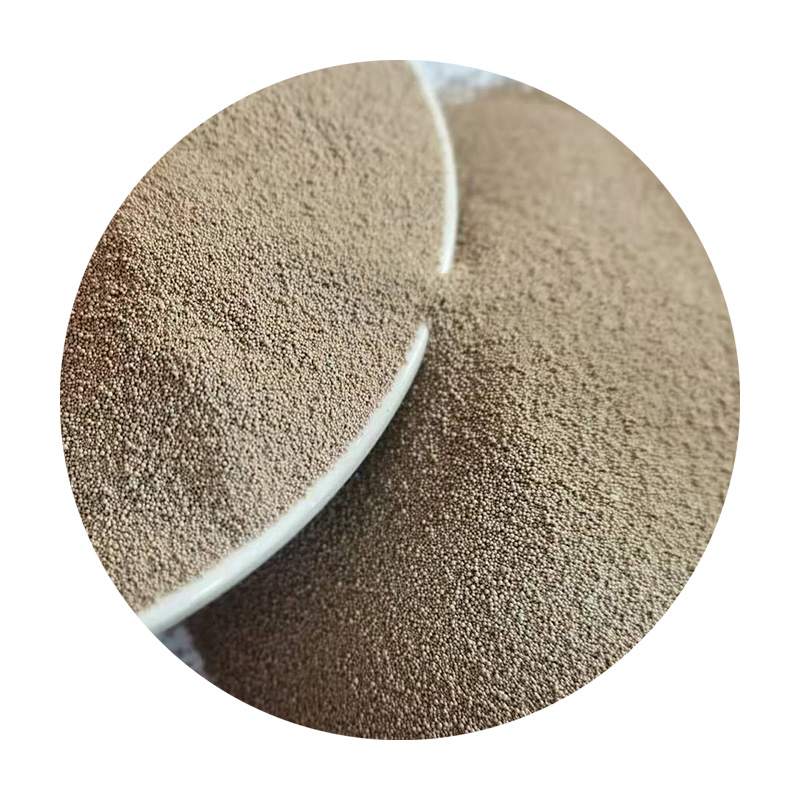

When it comes to pouring the molten metal, control and accuracy are paramount. The temperature of the metal is precisely managed to prevent defects like shrinkage or porosity. As the metal fills the mold, it takes on the intricate details sculpted in the sand. This step is where the true artistry of sand casting emerges, a mesmerizing union of skill and physical transformation. Once cool, the sand mold is broken away, revealing the freshly cast piece. This is where inspection and quality control come into play. Successful sand casting is not only about forming the piece but ensuring its functionality and integrity. Expert eyes and sophisticated techniques are employed to detect any imperfections that could compromise the product's performance. In the world of manufacturing, sand casting stands as a testimony to the perfect blend of art and engineering. Its reliability and adaptability make it a favored method for creating complex metal shapes. Moreover, the process is environmentally friendly; the sand used can often be reclaimed and reused, reducing waste and promoting sustainability—a crucial aspect for modern industries aiming to decrease their environmental footprint. For those seeking to master sand casting, understanding the nuances of each step from pattern creation to final inspection is essential. Each phase offers opportunities to refine and perfect, driving innovation in a traditional yet continually evolving process. By embracing both historical techniques and modern advancements, today's practitioners of sand casting can achieve remarkable precision and quality, affirming the process's enduring significance in contemporary manufacturing. Post time:Şub . 15, 2025 05:11
Next:how sand casting works
